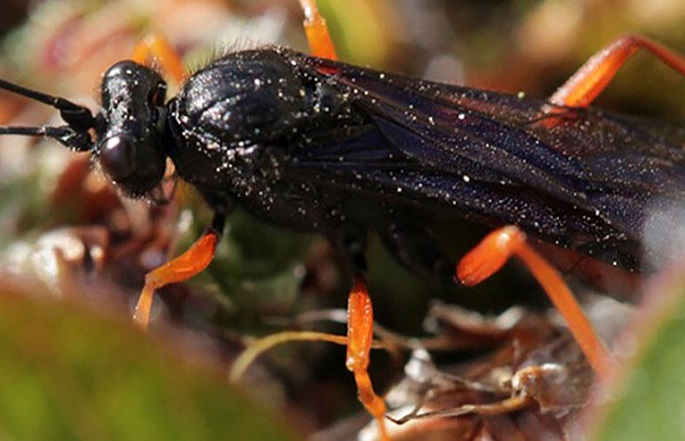Climate change shaking up Arctic insect life
Published : 13 Sep 2020, 01:02

Researchers at the University of Helsinki have exposed major changes taking place in the insect communities of the Arctic.
Their study reveals how climate change is affecting small but important predators of other insects, i.e., parasitoids, said a University of Helsinki press release.
“Predators at the top of the food web give us a clue to what is happening to their prey species, too. These results increase our understanding of how global warming is changing nature. At the same time, they suggest new inroads for finding answers to big questions in the field of ecology,” said Professor Tomas Roslin from the University of Helsinki and the Swedish University of Agricultural Sciences (SLU).
The researchers’ main discovery was that clear traces of climate change can already be seen in Arctic insect communities.
“In areas where summers are rapidly warming, we find a higher proportion of cold-sensitive predators than we might expect based on the previous climate,” remarked Roslin.
The study was conducted jointly by research teams working in Greenland, Canada, Russia, Norway, Finland, and Iceland, which together compared regions where the climate has changed at different rates and in different ways in recent decades.
‘The climate of the Arctic is currently changing about twice as fast as the global average. Therefore, the Arctic region provides an important laboratory when we try to understand the effects of climate change on nature,” said Tuomas Kankaanpää, lead author of the study report from the Faculty of Agriculture and Forestry, University of Helsinki.
The researchers found the changes particularly affect the ratios between parasitoids adhering to different lifestyles. On the other hand, different parasitoid species use different hosts. In the Arctic, Lepidoptera, i.e., butterflies and moths, and Diptera such as flies and gnats are the largest host groups of the parasitoids. Diptera are more dominant towards the north, while the richness of Lepidoptera species increasees towards the south.
“We have found that the proportion of parasitoids preying on warmth-loving butterflies is especially in areas where summer temperatures in particular have risen in recent decades. By contrast, winter-time warming is reflected in a large representation of parasitoid species feeding on Diptera," said Kankaanpää.

